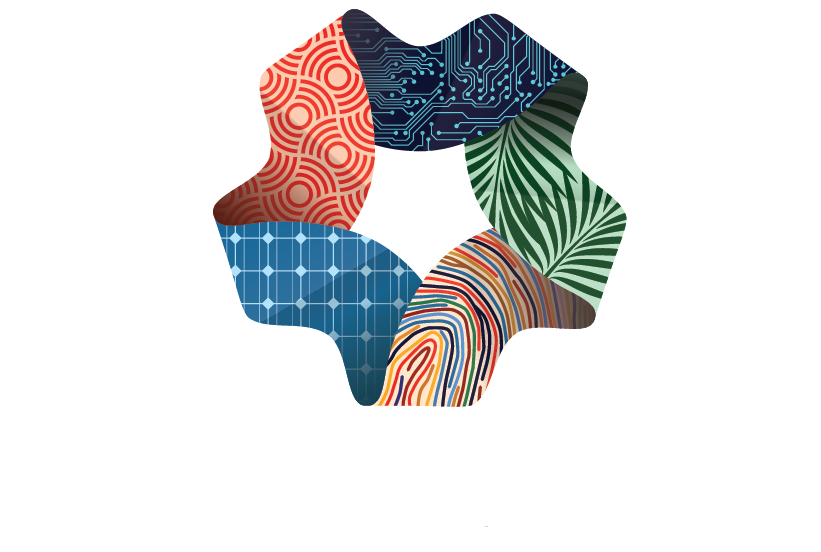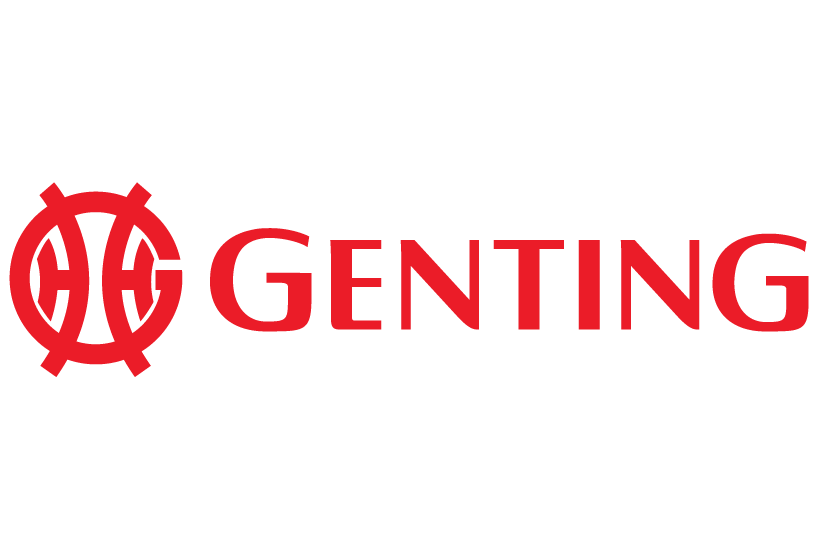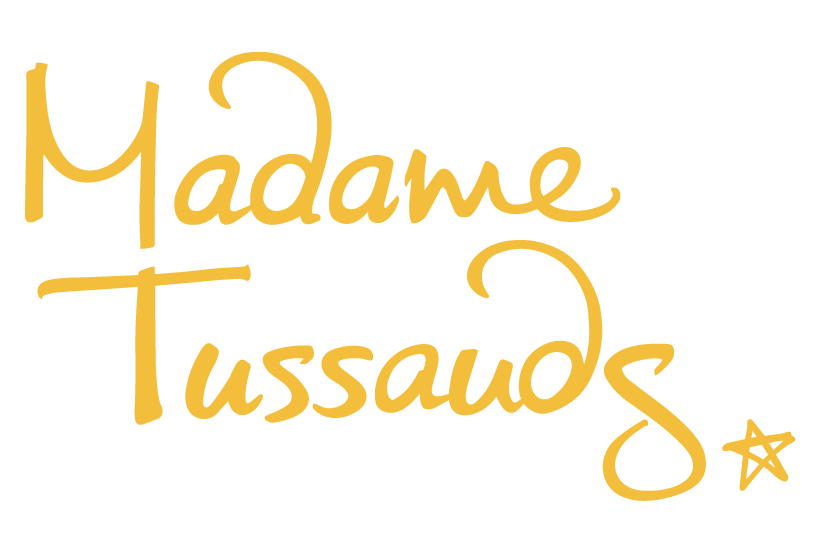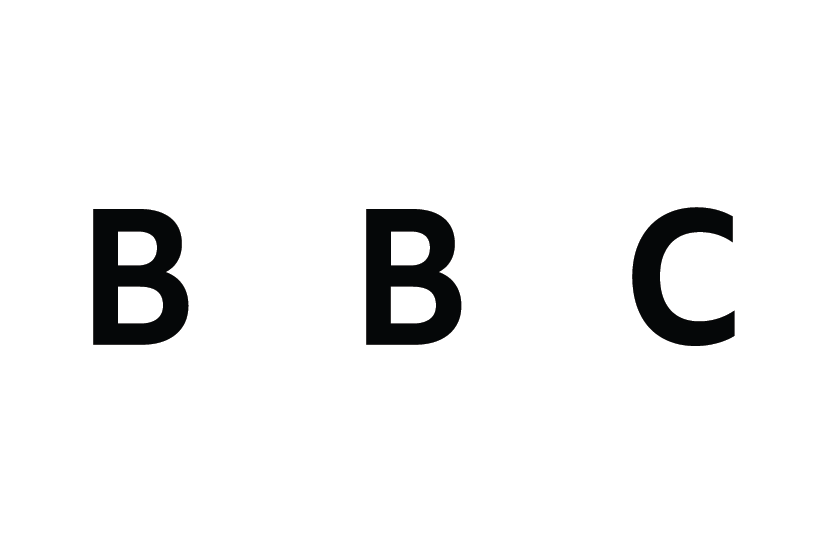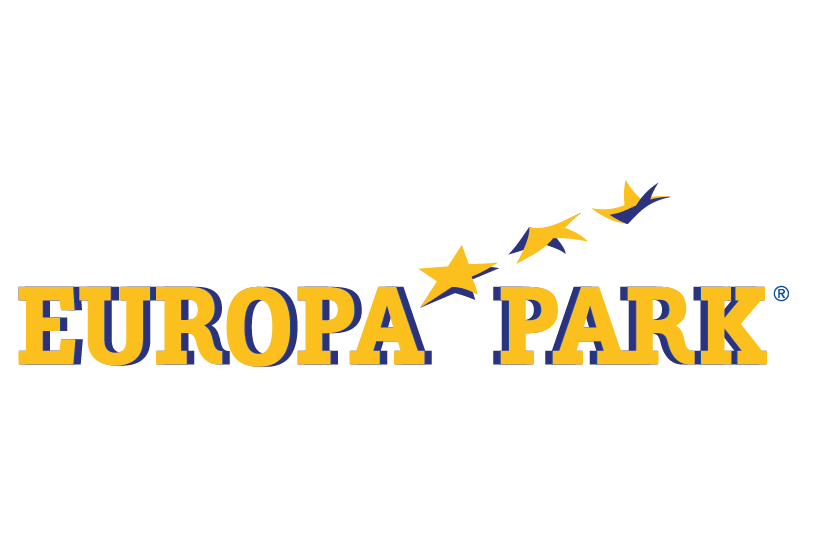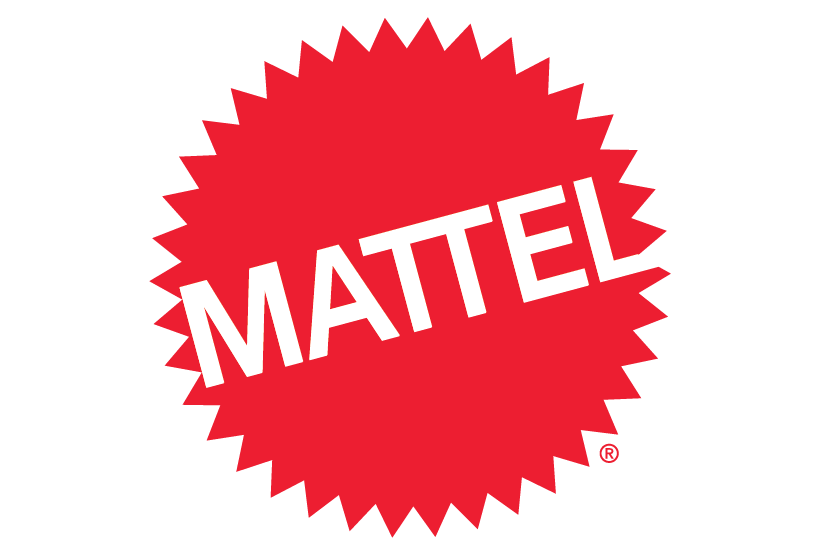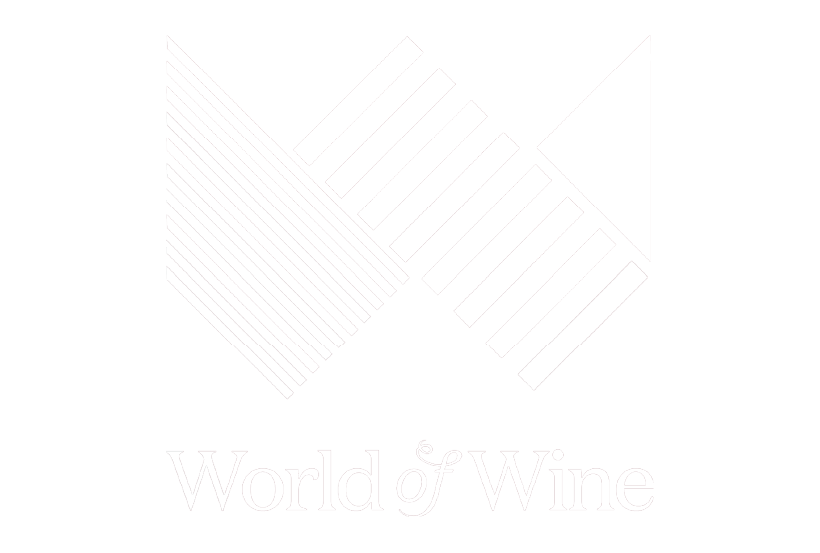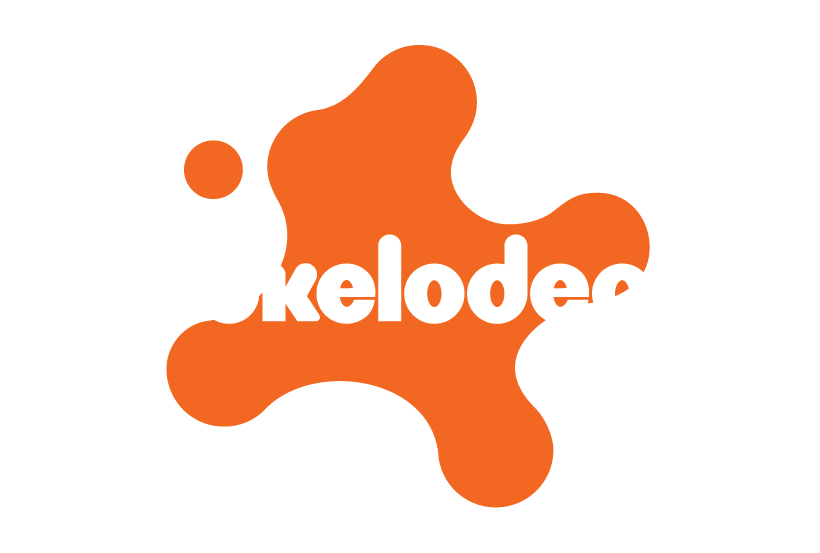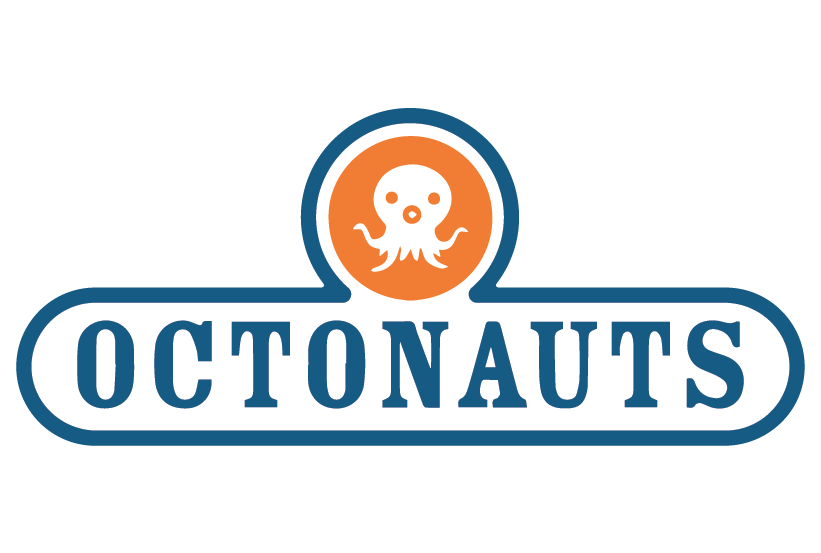By CAM/CNC Programmer, Valentina Venezia
3D printing has become an indispensable tool for us professional model makers, adding a range of new possibilities. But its influence reaches beyond model making. 3D printing has become a key tool for product design, architecture, theming, fashion, and art; it has made its mark in all these arenas, transforming processes and opening up avenues for innovation. Here are some of the main ways in which 3D printing is used in the creative industries:
Prototyping
Designers can use 3D printing to create prototypes, allowing them to iterate rapidly, refine their ideas efficiently, and test concepts more effectively. This rapid prototyping is particularly transformative for model makers, who can now quickly and accurately bring intricate designs to life.
Customisation
3D printing enables creators to tailor products to suit the needs and preferences of customers. Whether it’s jewellery, personalised fashion accessories, or custom furniture pieces, mass customisation is made possible through printing. Model makers, in particular, leverage this capability to produce their one-of-a-kind models that cater to the specific requirements of their clients or the precise details of architectural models.
Complex Designs
Unlike manufacturing techniques that struggle with intricate designs and complex geometries, 3D printing produces such structures with excellent precision.
Small Scale Production
Independent designers and small-scale producers benefit from the relatively low cost of 3D printing for small-batch production. By sidestepping the need for tooling and moulds, creators can manufacture products on demand, reducing inventory costs and minimising waste.
Pros and Cons of Different 3D Printing Methods
Fused Deposition Modeling (FDM):
Pros: FDM printing is one of the most affordable and accessible 3D printing methods. It provides a selection of materials and colours, allowing for wide versatility.
Cons: In contrast to SLA and SLS, FDM prints show more visible layer lines, which require post-processing for a smooth finish.

Stereolithography (SLA):
Pros: SLA printing produces high-resolution models with smooth surface finishes, making it ideal for applications requiring fine details. It also offers a wide range of materials, including various types of resins.
Cons: SLA printing can be relatively slow compared to other methods, and the materials used can be more expensive.

Selective Laser Sintering (SLS):
Pros: SLS printing is capable of producing strong, durable parts with excellent mechanical properties. It doesn’t require support structures, making it ideal for complex designs.
Cons: SLS printers are more expensive than other types of printers.

Types of Resins and Filaments
Resins (SLA and DLP):
Uses: Resins are generally used to create highly detailed parts with smooth surfaces, making them perfect for things like jewellery, dental models, and miniatures. Model makers favour these for the potential for detailed figurines and miniatures.
Pros: Resins provide excellent detail, come in many colours and types of materials, and cure quickly.
Cons: Resins can cost more than filaments and need special handling and processing since they are toxic.

Filaments (FDM):
Uses: Filaments can be used for many purposes, including prototyping, functional parts, and architectural models. In model-making, filaments are often chosen for larger, more durable models such as architectural structures or functional parts of mechanical models.
Pros: Filaments are easily accessible, affordable, and come in different materials like PLA, ABS, PETG, and TPU. Each material has its own mechanical properties and visual qualities.
Cons: Some materials need special print beds or enclosures for optimal results.

Conclusion
In conclusion, 3D printing has revolutionised the creative world by providing design freedom, customisation, and rapid prototyping capacity. While every printing process and material has its advantages and disadvantages, the important thing is picking the suitable mix based on the distinct needs of the project, especially when it comes to model making. As technology progresses and materials become more varied, the possibilities for creativity and innovation in the creative industry are truly limitless with 3D printing.


